In the strategy of developing transport infrastructure, Gia Lai province has proposed breakthrough solutions to develop logistics services and attract investment in building logistics infrastructure, thereby creating leverage for agricultural export activities. Investment in developing this service industry not only contributes to reducing transportation costs but also helps to improve competitiveness, bringing Gia Lai agricultural products to the international market effectively and sustainably.
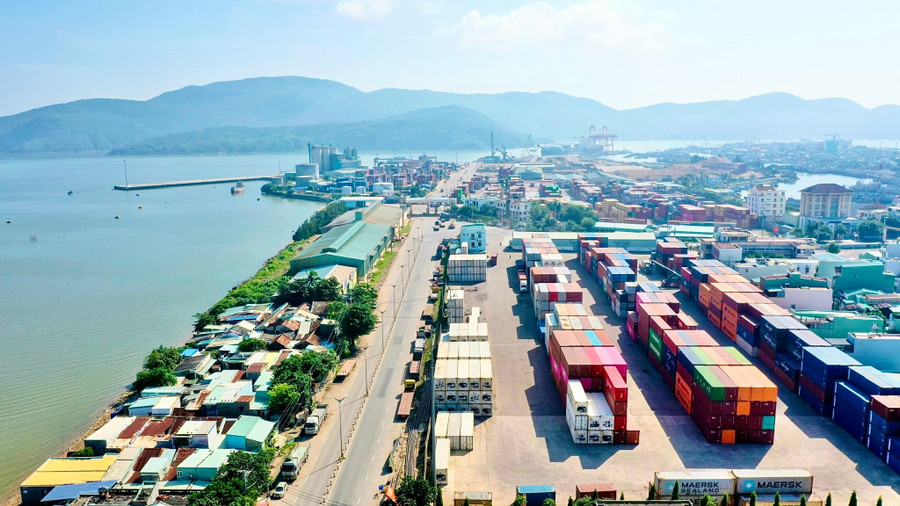
Great potential for logistics development
Up to now, Gia Lai has formed and developed many large-scale specialized areas, applying high technology to produce key agricultural products. The whole province currently has 97,000 hectares of coffee, with an output of over 250,000 tons/year; 13,000 hectares of pepper, with an output of over 47,000 tons/year; nearly 80,000 hectares of rubber, with a dry latex output of 117,000 tons/year; more than 78,000 hectares of cassava, with an output of 1.5 million tons/year... These products have high economic value, meeting export standards.
With these advantages, Gia Lai is gradually becoming a potential development center in the region, effectively supporting businesses in the agricultural, industrial and export supply chain. Up to now, the province's agricultural products have been present in more than 60 countries around the world , including demanding markets such as the US, Europe and Japan. Gia Lai currently has a number of reputable export enterprises, notably Vinh Hiep Company Limited with L'amant coffee products achieving national brand. This is also the largest coffee exporting enterprise in the country with a turnover of 520 million USD in the 2023-2024 crop year, owning the first organic coffee farm in Vietnam and being in the top 500 largest enterprises in Vietnam.

Along with improving the investment environment and developing sustainable raw material areas, the province also pays special attention to increasing added value in the production-processing-consumption chain. Gia Lai aims to achieve an export turnover of 850-900 million USD in 2025. To realize this goal, the province has developed a plan to develop logistics activities, calling for and supporting businesses to invest, exploit and operate inland container depots (ICDs). With its strategic location and convenient transportation system, Gia Lai has many conditions to develop logistics.
Currently, the main national highway system such as National Highway 14, 19 and 25 all meet container transport standards, allowing businesses to pull containers directly to the province without having to consolidate goods at the border gate. In addition, Pleiku Airport has been approved for planning for the 2021-2030 period with a capacity of about 4 million passengers and 4,500 tons of cargo/year. Vision to 2050, the expected capacity is about 5 million passengers and 12,000 tons of cargo/year, creating conditions for the province to form a closed logistics chain serving agricultural exports.
According to Ms. Vo Thi Tuyet Ha - Deputy General Director of Truong Sinh International Science Development Company Limited: With a large production scale, the Company has invested in logistics systems and factory infrastructure to support warehouse operations. Up to this point, the Company's internal logistics work has been significantly improved, constantly improved and handled smoothly, so the problem of supplying raw material logistics to the factory is also quite favorable. However, because the consumer market is far away, the Company has encountered some difficulties in transporting finished products to provinces and cities across the country.
“In the coming time, the Company hopes that the province will continue to pay attention and improve the quality of transportation services to support the Company in reducing logistics costs, helping consumers access products at more reasonable prices. On the other hand, investing in a dry port system in Gia Lai will be a driving force not only to support Truong Sinh Company but also for all businesses with export needs in the province to develop better, bringing Gia Lai products to the world” - Ms. Ha proposed.
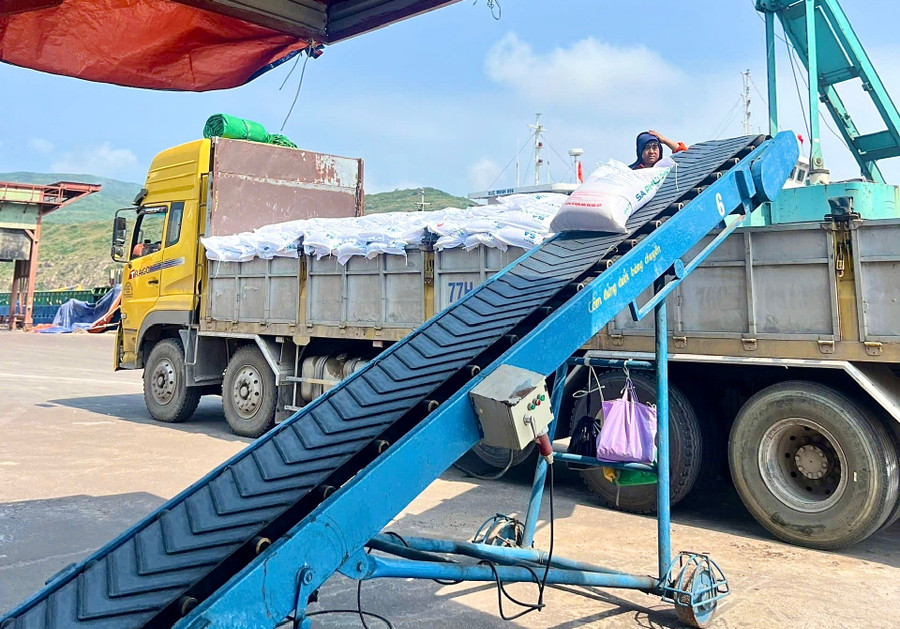
Mr. Huynh Van Anh - Director of Ia Hru Agricultural and Forestry Cooperative (Chu Puh district) said: High transportation costs are still a big barrier for the unit in increasing product value. "We are aiming to concentrate large sources of goods for export. However, because the Cooperative is located in the Central Highlands, transportation costs are very high. If the province soon develops synchronous logistics services, it will help reduce costs, improve the competitiveness of the Cooperative with large enterprises, and export goods more conveniently" - Mr. Anh suggested.
Remove bottlenecks, create breakthroughs
According to the logistics service development plan for the period 2023-2025, with a vision to 2030, the Provincial People's Committee plans to build two logistics centers and two dry ports to serve the needs of goods circulation in the province and neighboring areas. Notably, the Tay Nguyen International Logistics Warehouse Center in Mang Yang district with a scale of class II, an area of 511 hectares has been approved by the province for the investment calling list for the period 2026-2030. This is one of the key projects, expected to open up opportunities for the province to form an agricultural product chain associated with logistics, rising to become a driving economic region, promoting other provinces in the region to develop together.
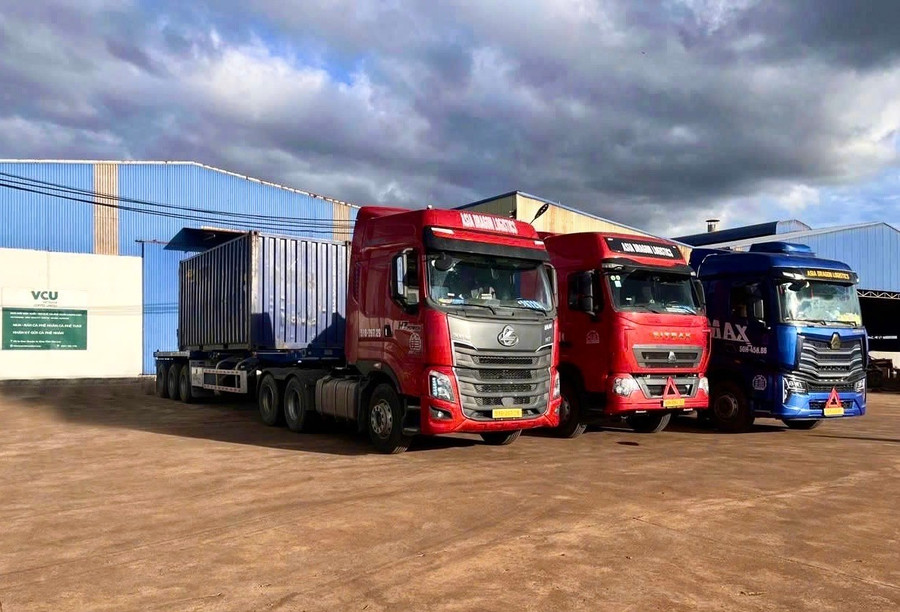
Mr. Ho Lien Nam - Deputy General Director of Quy Nhon Port Joint Stock Company - said: Enterprises in Gia Lai in particular and the Central Highlands in general are ready to prepare high-quality products to participate in the international market. In particular, the Quy Nhon-Pleiku expressway, expected to be completed in 2029 with a length of 125 km, will shorten transportation time by 50%.
“This is an important condition to promote the development of logistics services, reduce costs, and increase the competitiveness of local enterprises in the international market. Goods take less time to circulate, helping to reduce logistics costs for enterprises, creating conditions to increase the source of goods traded along the East-West economic corridor, attracting shipping lines to open direct service routes at Quy Nhon seaport to receive import and export goods,” said Mr. Nam.
The Deputy General Director of Quy Nhon Port Joint Stock Company affirmed: When traffic is favorable, service industries, especially logistics services, have the opportunity to develop strongly. In particular, the areas expected to have great potential to attract investment include: warehouse systems, dry ports and logistics centers for gathering and distributing goods. "When traffic bottlenecks are removed, transportation capacity is enhanced, and logistics infrastructure is invested synchronously, it will attract a large volume of goods circulating between regions, thereby forming a large-scale logistics center. In addition, the proportion of goods circulating between imports and exports can approach a balance, helping to reduce logistics costs for businesses," Mr. Nam analyzed.
Sharing the same view, Mr. Ngo Minh Tuan - Director of Minh Tuan Gia Lai One Member Co., Ltd. - shared: The unit currently has 20 vehicles for transport business, of which about 4-6 vehicles regularly operate on the Pleiku-Quy Nhon route. When the Quy Nhon-Pleiku expressway is completed, the travel time will only be about 1.5 hours instead of 4 hours as at present. "This will help goods circulating from the Central Highlands provinces to connect with seaports more conveniently, enhancing competitiveness with other transport routes. This is considered a turning point for transport enterprises to increase operating frequency and expand the market" - Mr. Tuan affirmed.
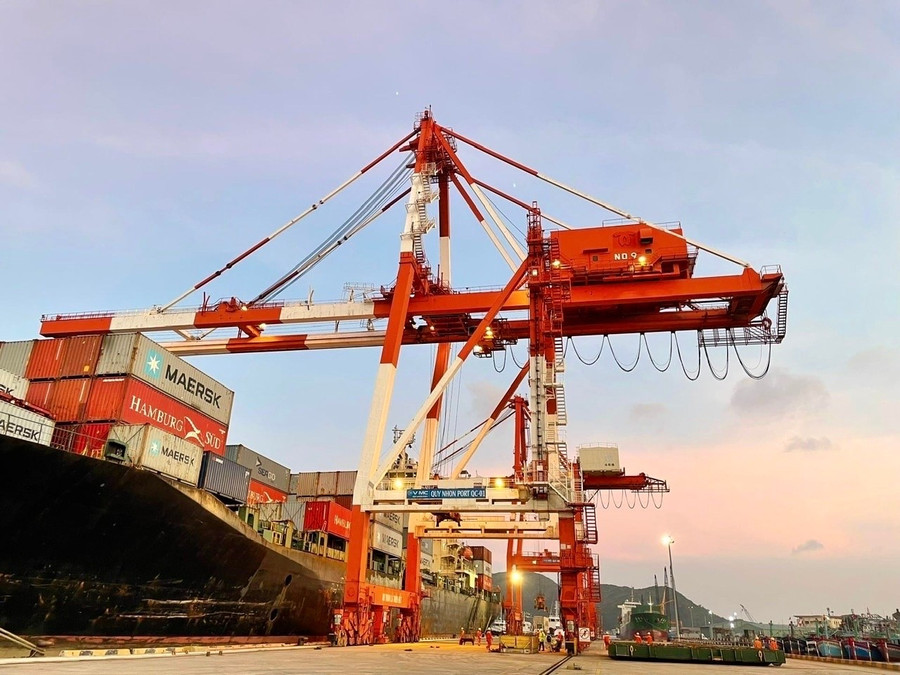
According to Mr. Pham Van Binh - Director of the Department of Industry and Trade: Currently, logistics services in the province are still quite small, mainly transportation activities, delivery of individual goods or warehouse rental services. Other specialized services such as: preservation, packaging, customs procedures, delivery, technical inspection... have almost no investment enterprises. Meanwhile, infrastructure serving logistics such as dry ports, logistics centers have not been formed; the road system is still limited, there is no inter-regional highway connection. Therefore, one of the important service sectors that the province is lacking and needs to promote development is the logistics sector.
The Director of the Department of Industry and Trade informed: In the coming time, the province will focus on perfecting the management mechanism, investing in developing logistics service infrastructure, improving the investment environment, training and improving the quality of human resources and strengthening propaganda to raise awareness of the importance of the logistics service industry.
“Establishing processing plants right in the raw material area not only helps reduce logistics costs but also increases the added value of products, better meeting the requirements of the international market. The Department of Industry and Trade will coordinate with relevant departments and branches to advise on the development of mechanisms and preferential policies to attract investment in the logistics service sector in the province. At the same time, encourage logistics service providers, domestic or international logistics enterprises to set up branches and transaction offices in the province to facilitate the promotion of the province's import and export” - Director of the Department of Industry and Trade emphasized.
Source: https://baogialai.com.vn/huong-toi-muc-tieu-tro-thanh-trung-tam-logistics-cua-tay-nguyen-post328932.html



![[Photo] 60th Anniversary of the Founding of the Vietnam Association of Photographic Artists](/_next/image?url=https%3A%2F%2Fvphoto.vietnam.vn%2Fthumb%2F1200x675%2Fvietnam%2Fresource%2FIMAGE%2F2025%2F12%2F05%2F1764935864512_a1-bnd-0841-9740-jpg.webp&w=3840&q=75)

![[Photo] Cat Ba - Green island paradise](/_next/image?url=https%3A%2F%2Fvphoto.vietnam.vn%2Fthumb%2F1200x675%2Fvietnam%2Fresource%2FIMAGE%2F2025%2F12%2F04%2F1764821844074_ndo_br_1-dcbthienduongxanh638-jpg.webp&w=3840&q=75)


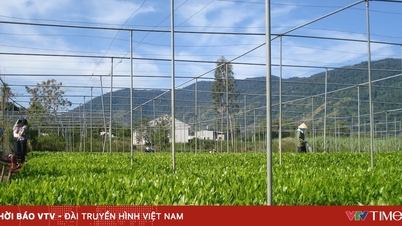

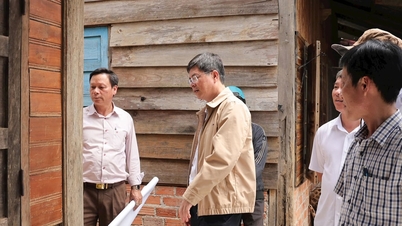

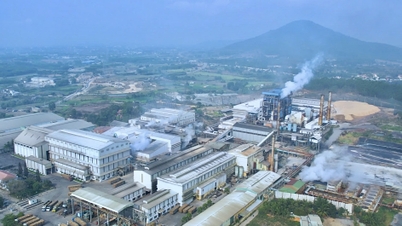





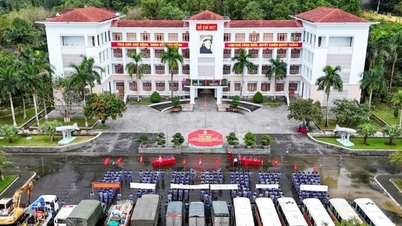

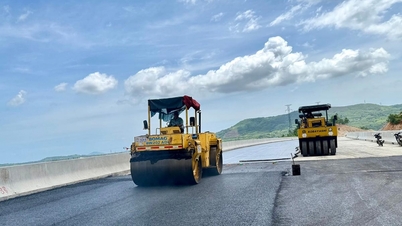







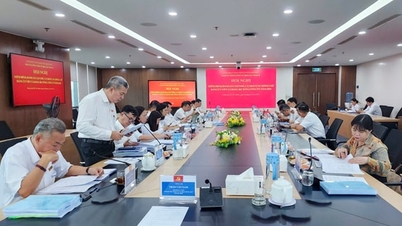






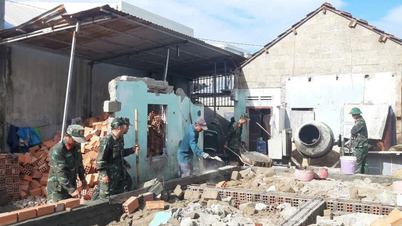

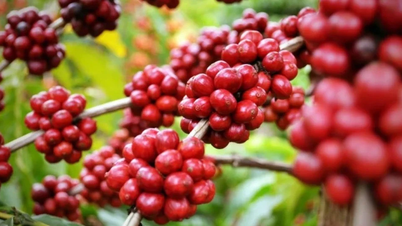
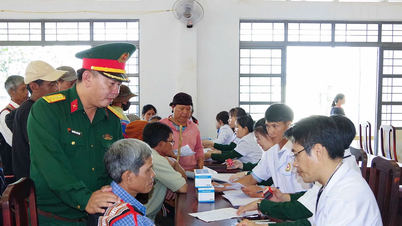















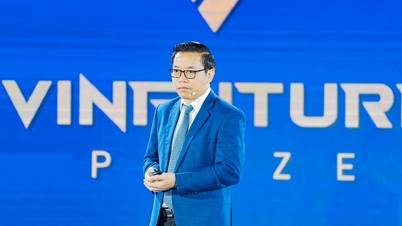

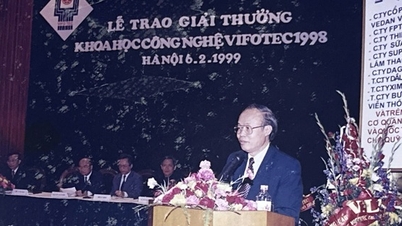



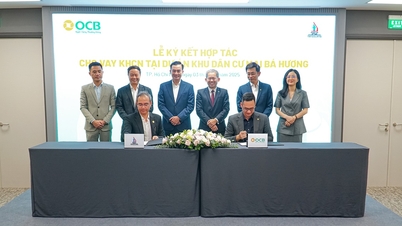
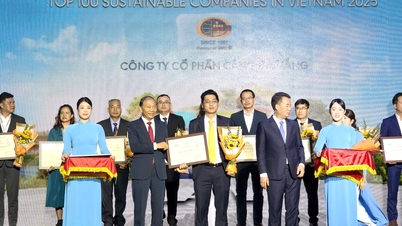
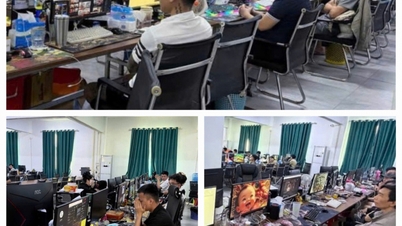
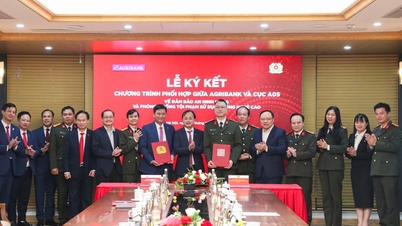

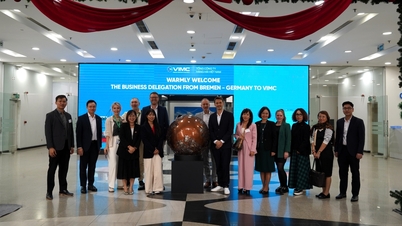
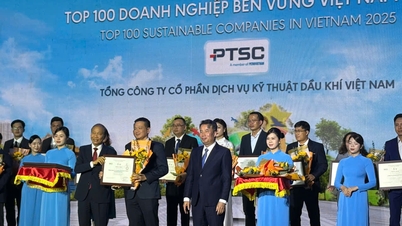














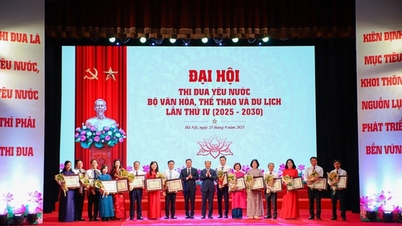

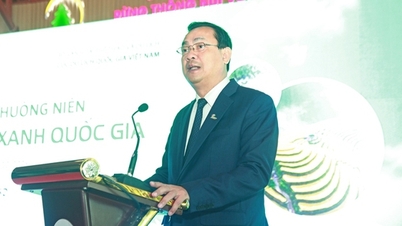
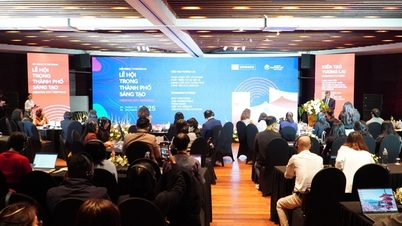

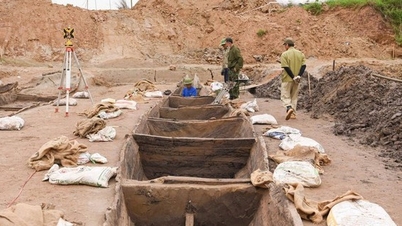






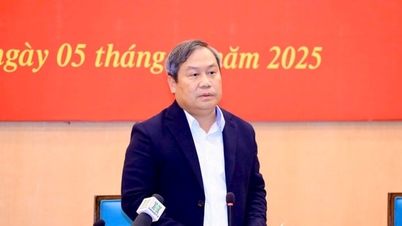











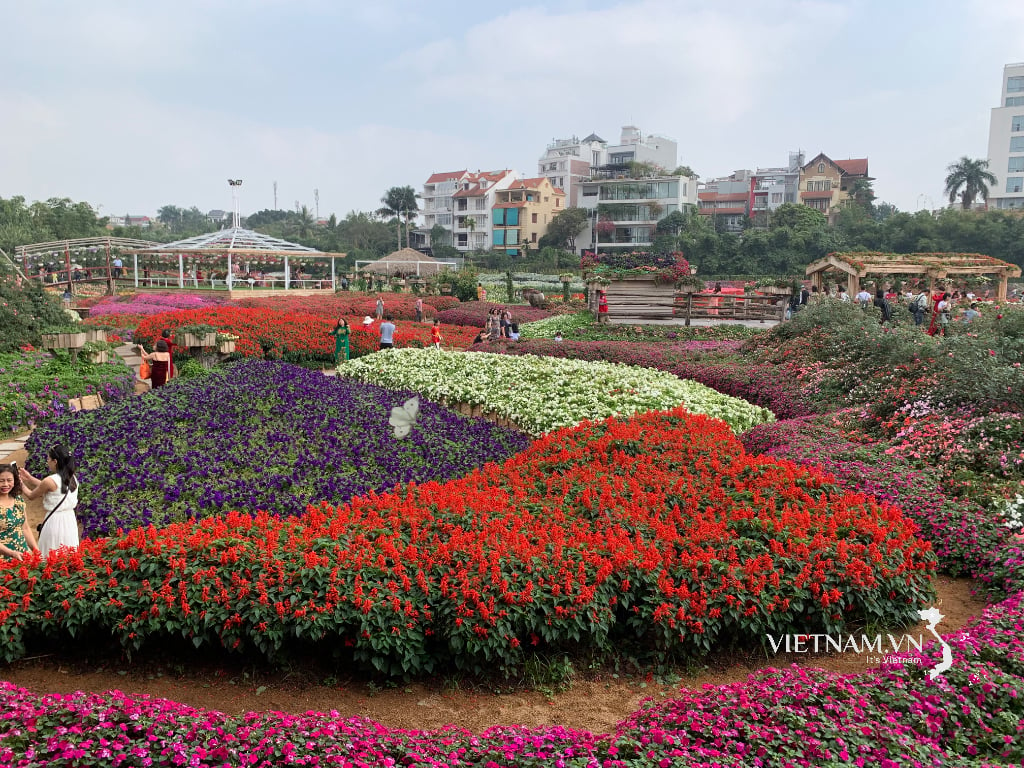





Comment (0)